![]()
Half-Life was the first product of Valve Software, which was founded in 1996 by former Microsoft employees Mike Harrington and Gabe Newell. They settled on a concept for a horror-themed 3D action game, using the Quake engine as licensed by id Software. Valve eventually modified the engine a great deal, notably adding skeletal animation and Direct3D support; a developer stated in a PC Accelerator magazine preview that seventy percent of the engine code was rewritten. The company had difficulties finding a publisher at first, many believing their project “too ambitious” for a studio headed by newcomers to the video game industry. However, Sierra On-Line had been very interested in making a 3D action game, especially one based on the Quake engine, and so signed them for a one-game deal.
The original code name for Half-Life was Quiver, after the Arrowhead military base from Stephen King’s novella The Mist, which served as early inspiration for the game. Gabe Newell explained that the name Half-Life was chosen because it was evocative of the theme, not clichéd, and had a corresponding visual symbol: the Greek letter λ (lower-case lambda), which represents the decay constant in the half-life equation. According to one of the game’s designers, Harry Teasley, Doom was a huge influence on most of the team working on Half-Life. Subsequently, according to Teasley, they wanted Half-Life to “scare you like Doom did”.
The first public appearances of beta Half-Life came in early 1997; it was a hit at Electronic Entertainment Expo that year, where they primarily demonstrated the animation system and artificial intelligence. Valve Software hired science fiction author Marc Laidlaw in August 1997 to work on the game’s characters and level design. Half-Life’s soundtrack was composed by Kelly Bailey. Half-Life was originally planned to be shipped in late 1997, to compete with Quake II, but was postponed when Valve decided the game needed significant revision.
In a 2003 “Making Of Half Life” feature in Edge, Newell discusses the team’s early difficulties with level design. In desperation, a single level was assembled including every weapon, enemy, scripted event and level design quirk that the designers had come up with so far. This single level inspired the studio to press on with the game. As a result, the studio completely reworked the game’s artificial intelligence and levels in the year leading up to its release. At E3 1998 it was given Game Critics Awards for “Best PC Game” and “Best Action Game”. The release date was delayed several times in 1998 before the game was finally released in November of that year. [Info from Wikipedia]
Below you can see beta screenshots and videos from the early Half Life development, with many differences and removed content.
Images:
Videos:
What do you think about this unseen game? Give your vote!
Would you like to add more info, screens or videos to this page? Add a comment below!
- Quark (Quantic Dream) [Dreamcast – Cancelled] - 24-03-2024
- Fortris [PC/Playstation/Dreamcast – Cancelled] - 09-03-2024
- Gorkamorka [PC / Dreamcast – Cancelled] - 16-12-2023

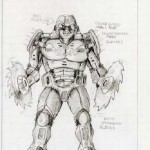
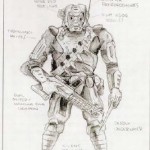
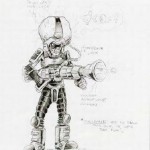
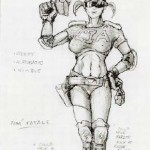
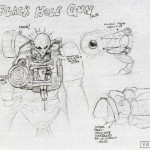
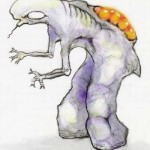
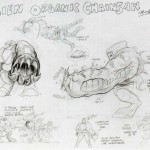
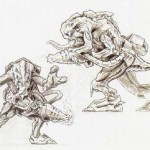
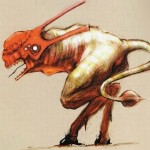
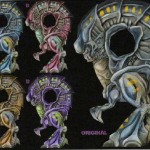
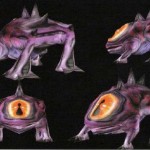
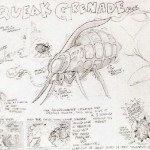
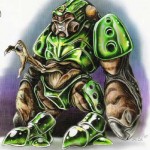
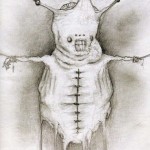
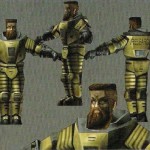
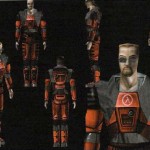
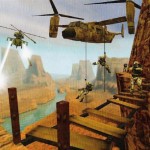
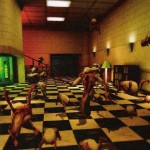
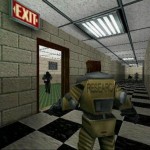
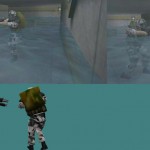
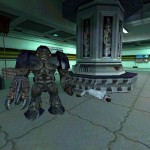
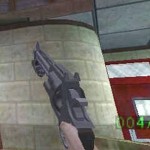
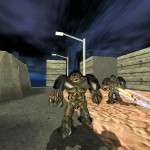
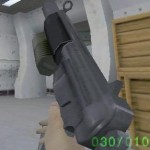
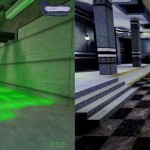
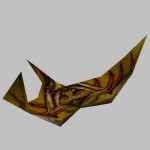
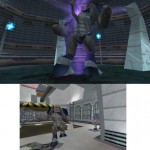
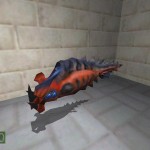
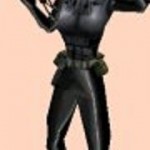
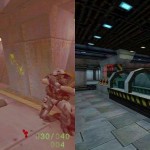
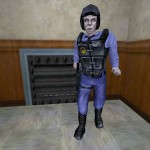
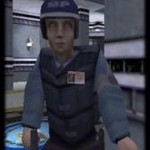
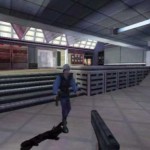
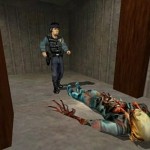
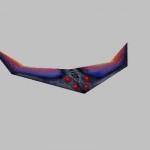
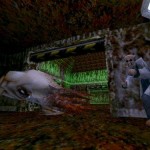
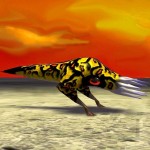
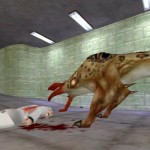
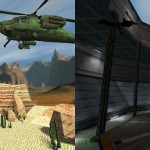
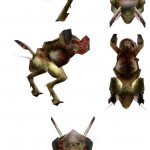
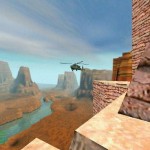
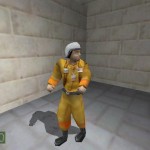


These are screenshots from the book “Half-Life 2 – Raising the Bar”
It’s a must-have for any true Half-Life fan!
greets
daDude
Someone have the old beta on CD, search in all PC game magazine from 1997
1997 alpha leaked online :D
http://www.neogaf.com/forum/showthread.php?t=507384
Archived here >> https://web.archive.org/web/20130223201121/http://gzwn.net/Documents/Half-Life%20Alpha%20Press%20Preview%200.52.zip